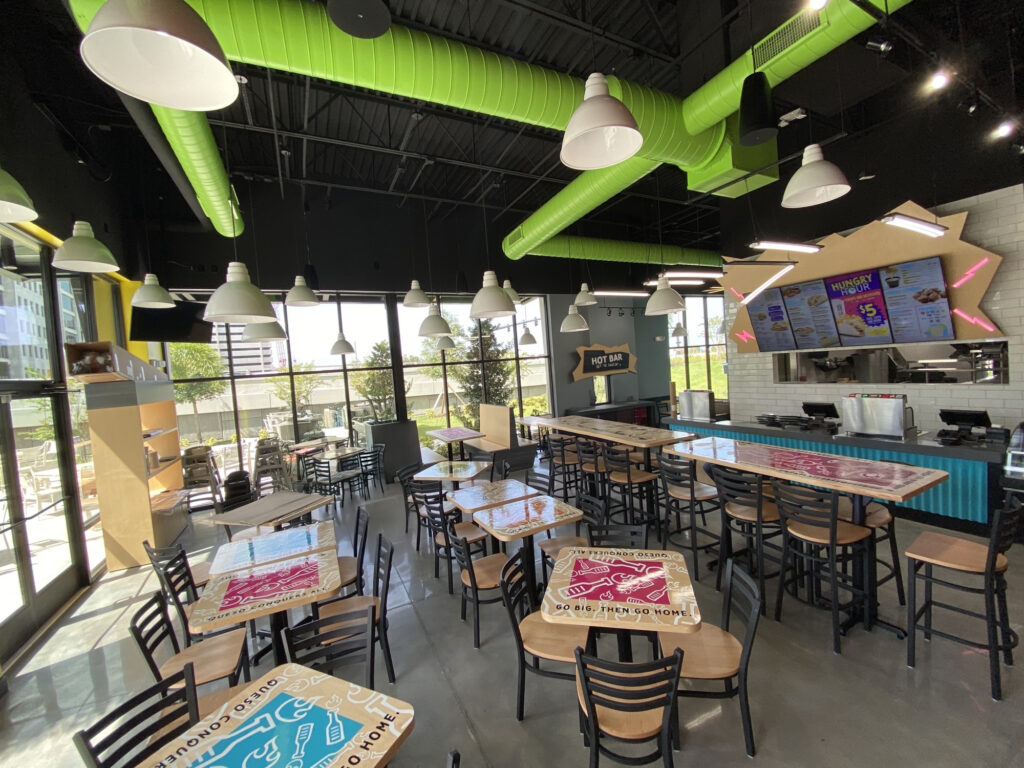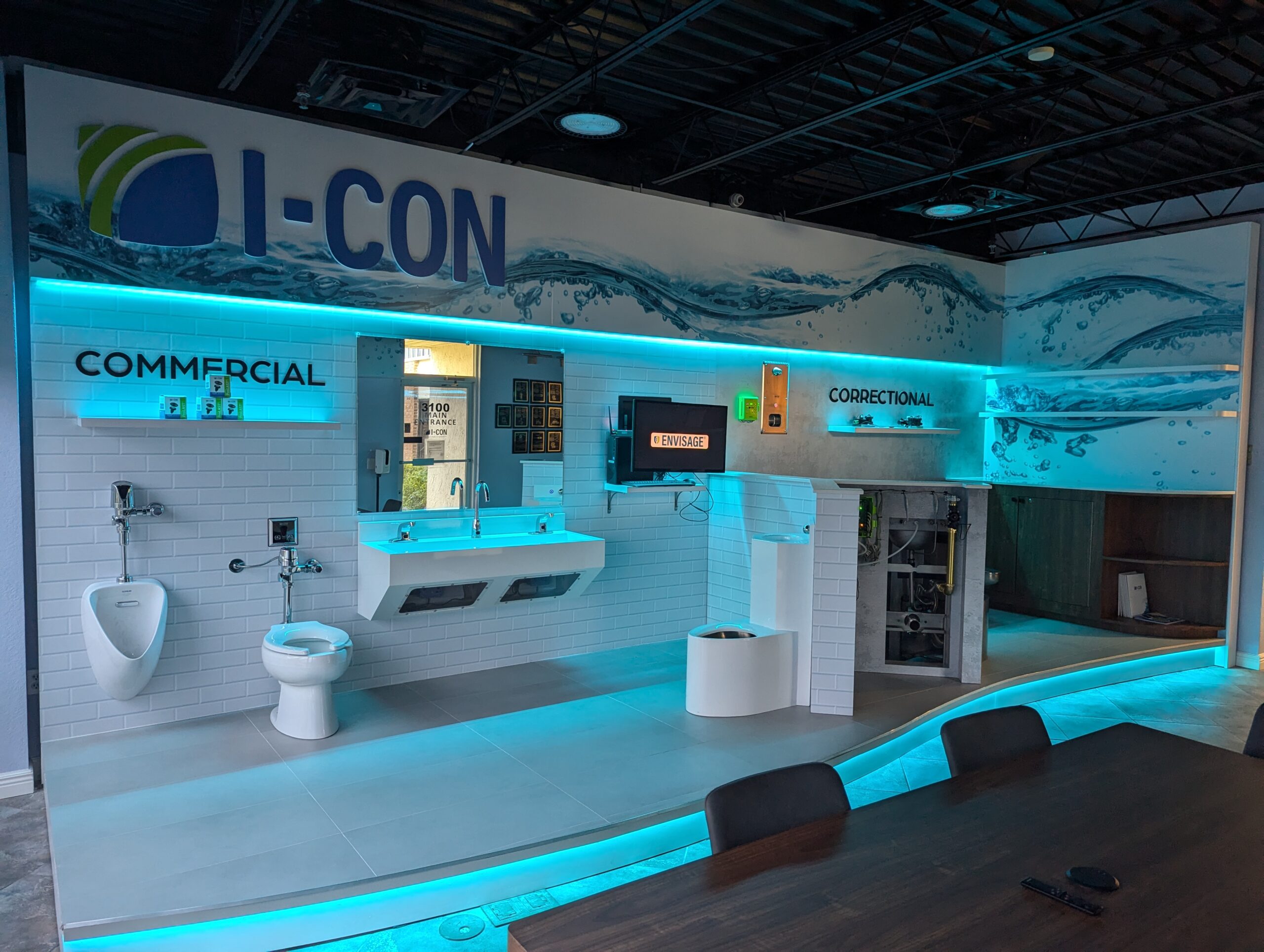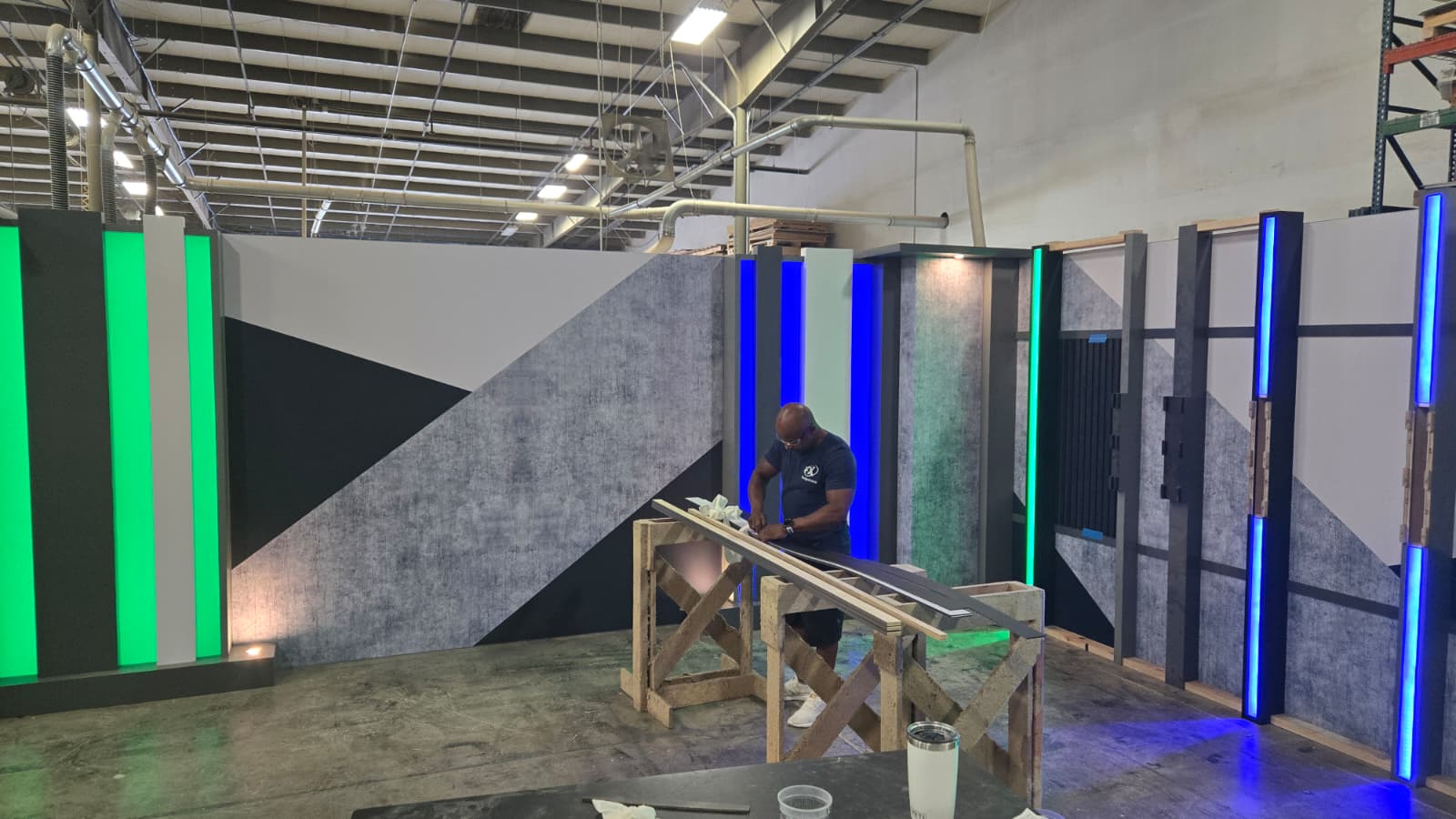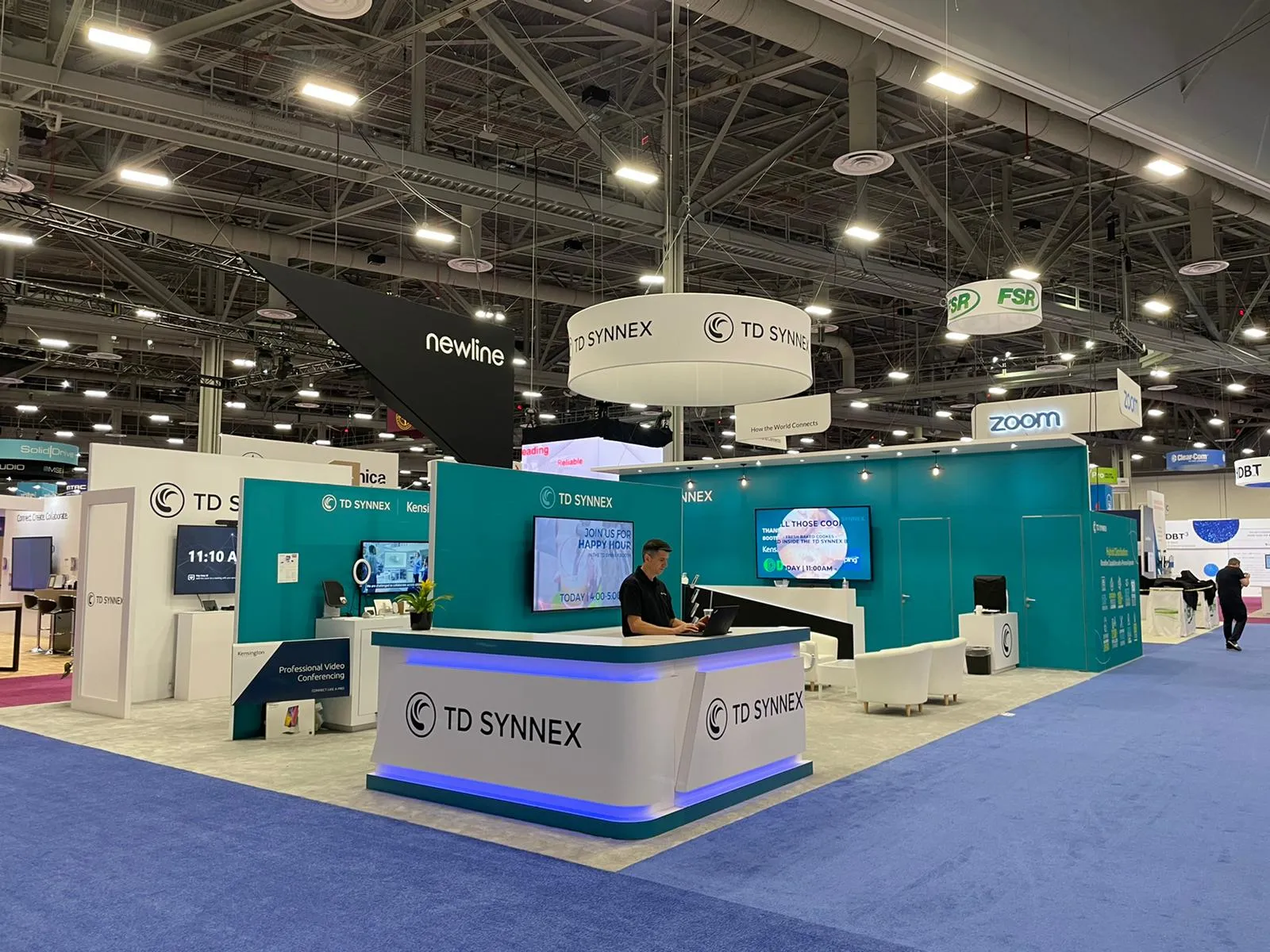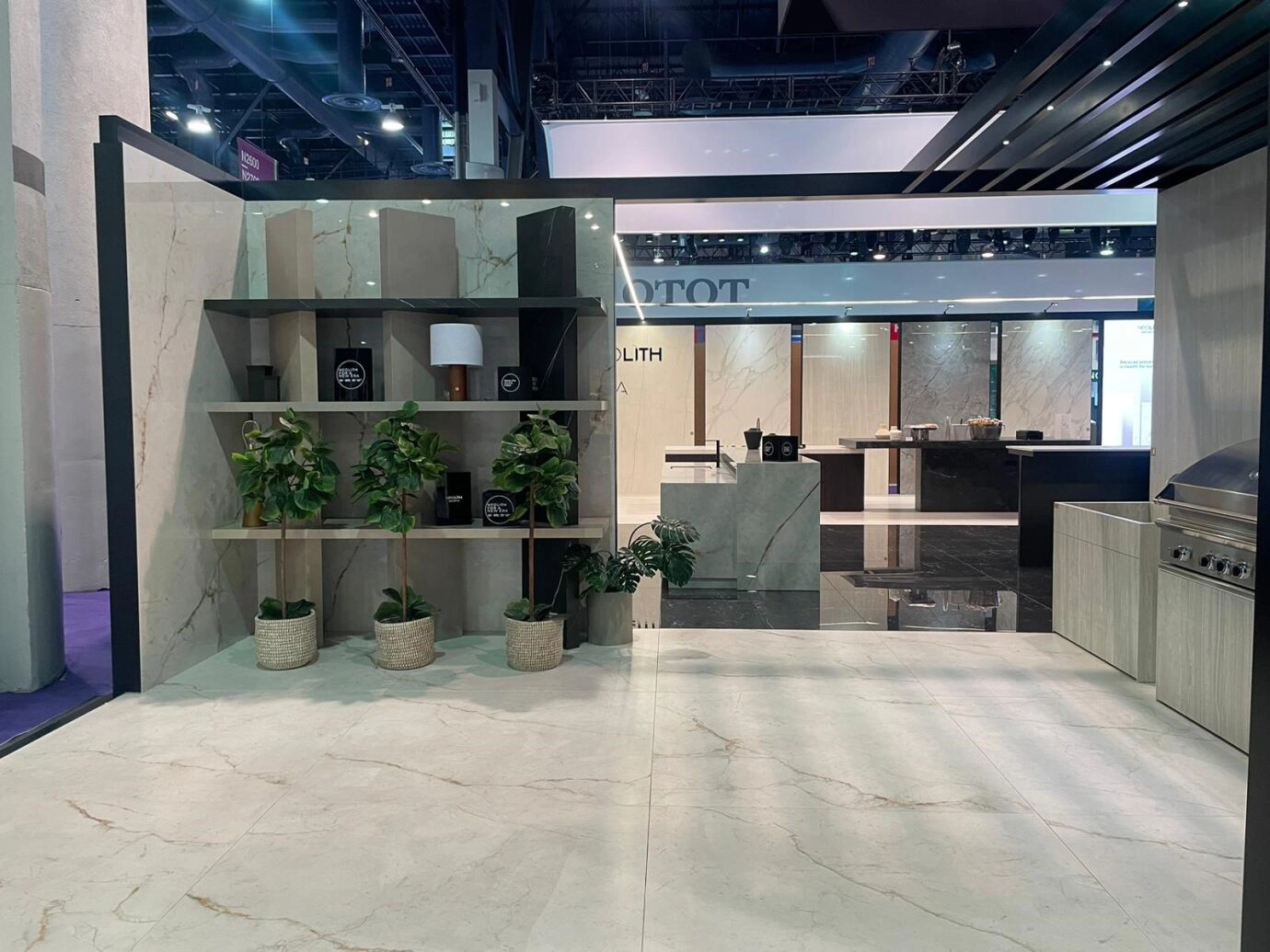Brick-and-mortar retail experiences today help connect customers to a brand’s story. Thoughtful retail store environment design that balances visual appeal with functionality ensures customers enjoy their visit and find it easy to explore and make purchases.
Key Elements of Retail Interior Design
- Clear layouts: Strategically planned pathways guide customers through the store effortlessly, reflecting showroom design principles that encourage exploration of the full range of products.
- Product showcases: Dedicated areas for flagship products or promotions serve as focal points.
- Immersive environments: Integrate digital displays, themed decor, or sensory elements like music and scent to evoke emotions and deepen connections to the brand.
- Adaptable designs: Use modular displays or moveable fixtures to adapt to seasonal campaigns, product launches, or evolving customer preferences, showcasing the flexibility of kiosk design.
- Customer comfort: Add comfortable seating areas, welcoming lighting, and amenities that encourage visitors to linger longer, increasing the likelihood of purchases while enhancing their overall experience.
By blending design with functionality in retail interiors, physical store environments can elevate the customer journey, strengthen brand loyalty, and create lasting impressions that translate into business success.
FX Design Group is an industry leader in broadcast set and lighting design, tradeshow exhibits, branded environments, and retail interiors.
Located in Orlando, Florida. Proudly serving clients both across the United States and internationally.
